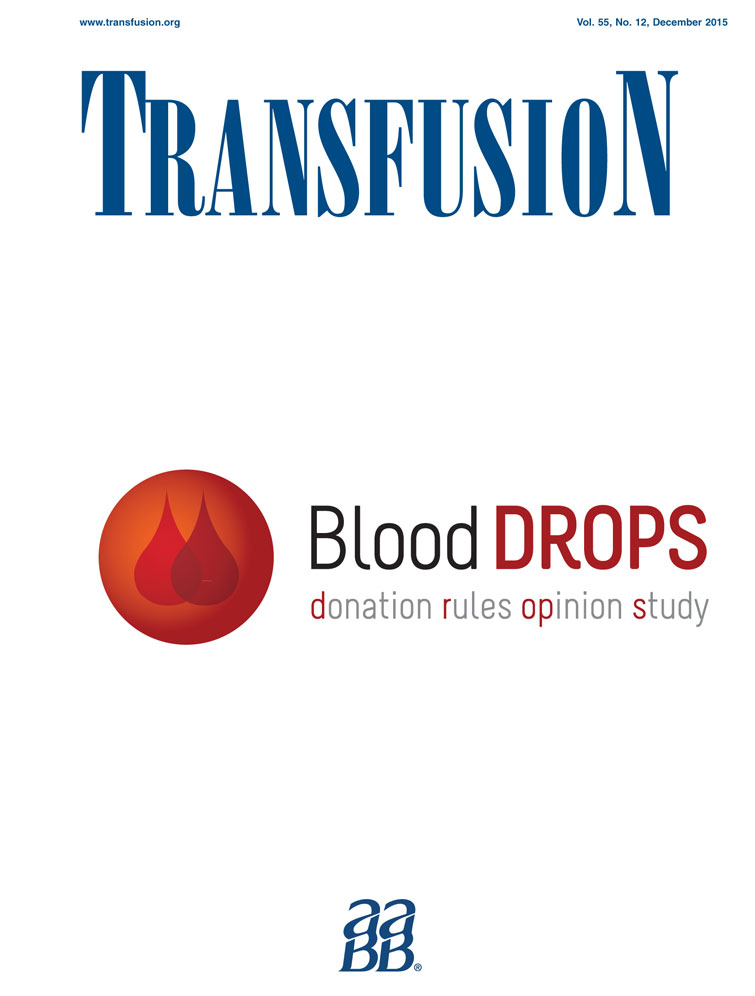Evaluation of the in-hospital hemovigilance by introduction of the information technology–based system
Abstract
BACKGROUND
Hemovigilance is an important aspect of transfusion medicine. However, the frequency of the adverse reactions often varies using different reporters. Recently, we have employed a new information technology (IT)-based in-hospital hemovigilance system. Here, we evaluated changes in practice after implementation of an IT-based reporting system.
STUDY DESIGN AND METHODS
We compared the rate of frequency and details of blood transfusion–related adverse reactions 3 years before and after introduction of the IT-based reporting system. Contents and severity of the adverse reactions were reported in a paper-based reporting system, but input by selecting items in an IT-based reporting system. The details of adverse reactions are immediately sent to the blood transfusion unit online.
RESULTS
After we introduced the IT-based reporting system, the reported rate of transfusion-related adverse reactions increased approximately 10-fold from 0.20% to 2.18% (p < 0.001), and frequencies of urticaria, pruritus, rash, fever (p < 0.001), hypertension (p = 0.001), tachycardia (p = 0.003), and nausea and vomiting (p = 0.010) increased significantly. Although there was no error report in the paper-based reporting, incorrect reports were observed in 90 cases (0.52%) in the IT-based reporting (p < 0.001).
CONCLUSION
The advantages of IT-based reporting were: 1) a significant increase in the frequency of adverse reaction reporting and 2) a significant decrease in underreporting, although the true frequency has yet to be clarified. The disadvantage of the IT-based reporting was an increased incidence of incorrect inputs, all of which was unnoticed by the reporters. Our results showed several important points in need of monitoring after introduction of an IT-based reporting system.




